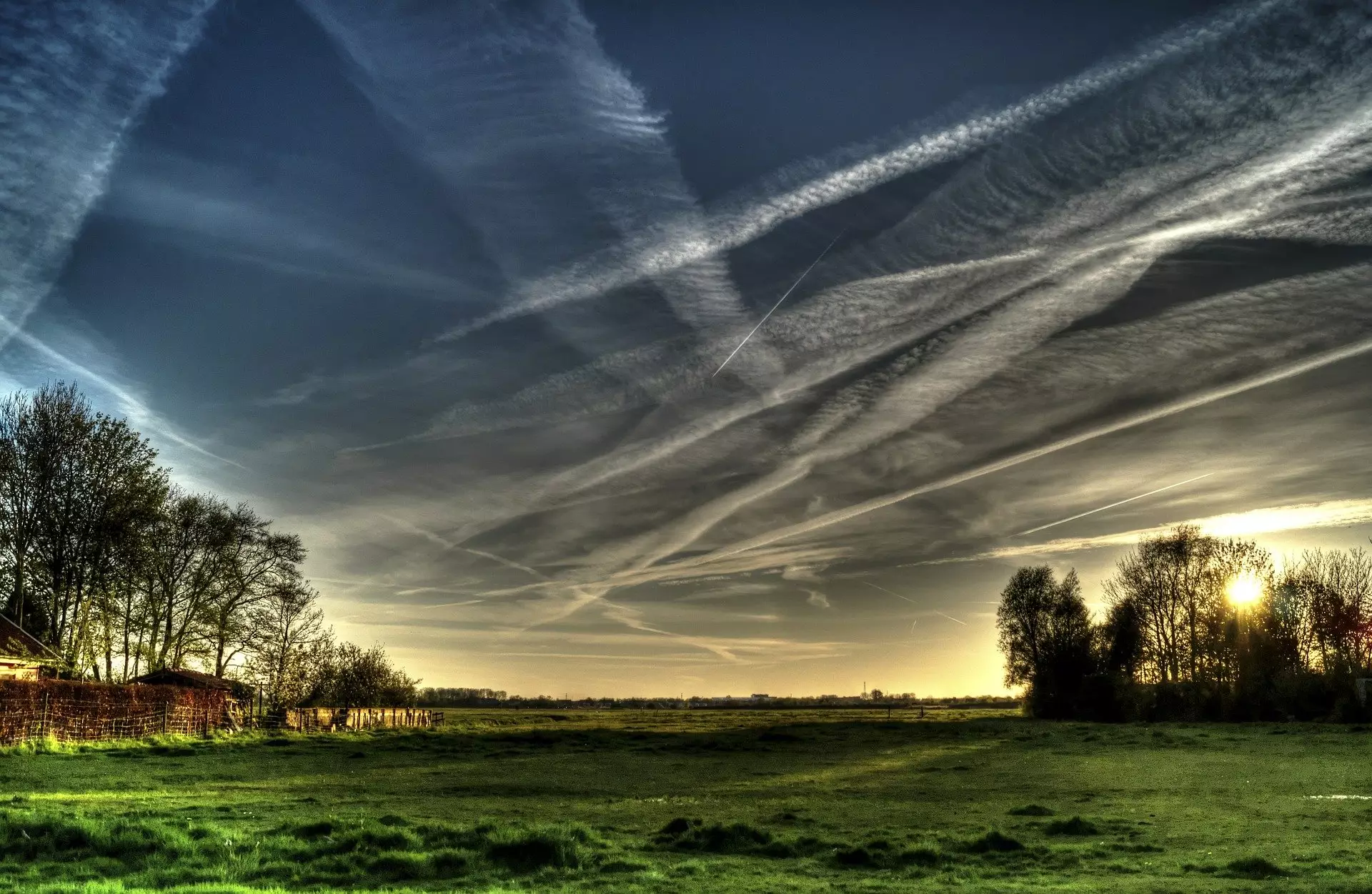In the context of global climate change, the aviation industry has often been scrutinized for its environmental impact. A major concern lies with contrails—those distinctive white streaks left by aircraft in the sky—which, while often regarded as a mere byproduct of air travel, have been found to contribute significantly to global warming. As final emissions from aircraft disperse in the atmosphere, the formation of contrails can inhibit heat from escaping, thus accentuating the greenhouse effect. Recent research from Sorbonne University and the University of Reading endeavors to clarify a key question: does rerouting flights to avoid contrails ultimately benefit or harm our climate?
The groundbreaking study, published on September 15 in *Atmospheric Chemistry and Physics*, provides compelling evidence that in the vast majority of North Atlantic flights, avoiding contrail formation yields a net positive effect on our climate. The pressing challenge faced by researchers was to evaluate the trade-offs between carbon dioxide emissions—an established greenhouse gas—and the contrails’ heat-trapping effects, using a metric called CO2 equivalence.
To explore this, nearly half a million flight data points from 2019 were meticulously analyzed. The study illuminated that existing flight paths alone would contribute to warming the planet by approximately 17 microKelvins (μK) by the year 2039, reflecting a strikingly minuscule unit of temperature increase. However, the researchers hypothesized what might occur if planes diverted their routes into slightly fuel-intensive altitudes, resulting in avoiding all contrails. The findings estimated a significant decrease in warming effects, suggesting as much as a 29% reduction from conventional flight paths by the year 2039.
This analysis positioned contrail avoidance as a feasible strategy in the quest to mitigate climate change impacts. The consistent results across multiple measurement methods affirmed the initial hypothesis, proposing that rerouting flights rarely creates unintended climatic consequences.
While these findings are promising, the authors acknowledge existing political challenges in implementing such strategies. The decision-making process surrounding flight paths can be influenced by numerous factors, including economic considerations and public perception of air travel. As the study emphasizes, a stronger collaboration between scientists and policymakers is necessary to construct sensible regulations that prioritize both environmental health and aviation efficiency.
Professor Nicolas Bellouin from the University of Reading highlighted the necessity for real-world testing of these theoretical models, suggesting that better forecasting capabilities are essential. In particular, predicting where contrails will form and the resultant warming effects remains an area laden with uncertainty. As the researchers suggest, the focus should ideally be directed toward flights that pose the most significant warming risks where contrail formation is predictable.
Adopting contrail avoidance as a standard practice could revolutionize aviation’s climate responsibility. Given the increasing urgency to curtail emissions across all sectors, the aviation industry stands at a pivotal moment. By making strategic reforms based on this study’s findings, airlines could not only advance their reputation but also contribute veritably to climate goals.
More broadly, this case underscores the importance of integrating scientific research into sustainable practices. The complexities surrounding carbon emissions and climate impacts necessitate a delicate balance of scientific rigor and actionable policy. Progress hinges on bridging gaps between academia and the aviation sector, ensuring that beneficial strategies such as contrail avoidance become integral to the industry’s operational standards.
The new research sheds bright light on a potential pathway for mitigating aviation-related climate impact through contrail avoidance. By prioritizing this strategy, the aviation industry could play a transformative role in combatting climate change. As we look ahead, collaborative efforts between scientists, policymakers, and industry stakeholders must continue to pursue innovative solutions that can tackle the pressing environmental issues of our time. Ultimately, this study challenges us to rethink our approaches toward air travel and its ramifications on our planet’s future.


Leave a Reply